The 25 Most Influential Executives Of 2023
These 25 executives offered solution providers much-needed partnership at a time when the channel needed it most.
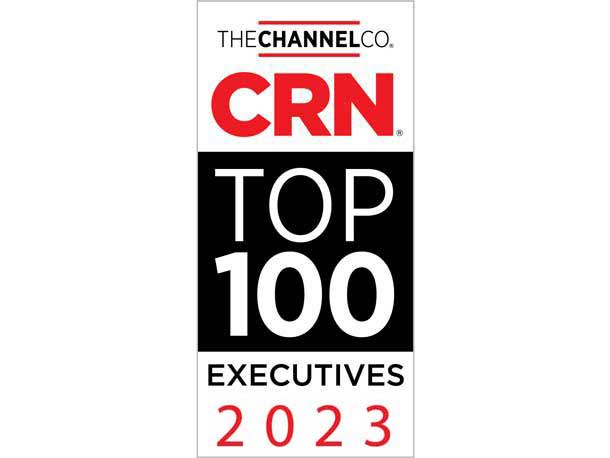
The Influencers
For our list of the 25 Most Influential Executives of 2023, we’ve selected leaders who’ve been making an outsized impact during this turbulent period through a combination of exceptional vision, know-how and execution.
This year, our No. 1 Most Influential Executive, Palo Alto Networks’ Nikesh Arora, is transforming the company into a complete unified platform for modern cybersecurity.
Crucially, these leaders have all brought a focus on working closely with solution provider partners in order to help customers across industries navigate the global challenges they all face.
What follows is our list of the 25 Most Influential Executives of 2023.
And for the full list of CRN’s Top 100 Executives of 2023, click here.
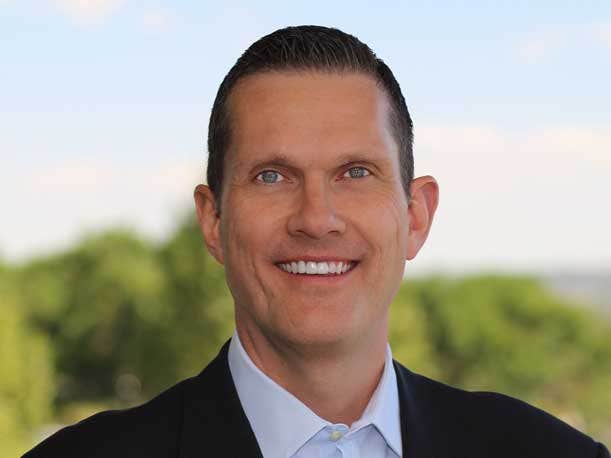
25. Sean Kerins
President, CEO
Arrow Electronics
With Kerins’ leadership, Arrow added stability to the otherwise chaotic IT supply chains that were impacted by the pandemic. While the world’s largest electronic components distributor couldn’t solve shortages on its own, it could and did help manufacturers and the channel mitigate the worst challenges they faced.
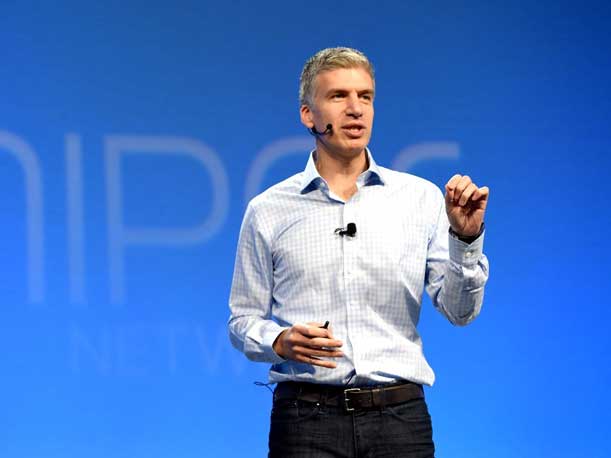
24. Rami Rahim
CEO
Juniper Networks
With an impressive tenure of more than 26 years, Rahim joined Juniper as employee No. 32 and has worked his way up the ranks. As CEO for over eight years, he has led the company through a phase of self-disruption in order to fuel the networking player’s experience-first networking strategy.
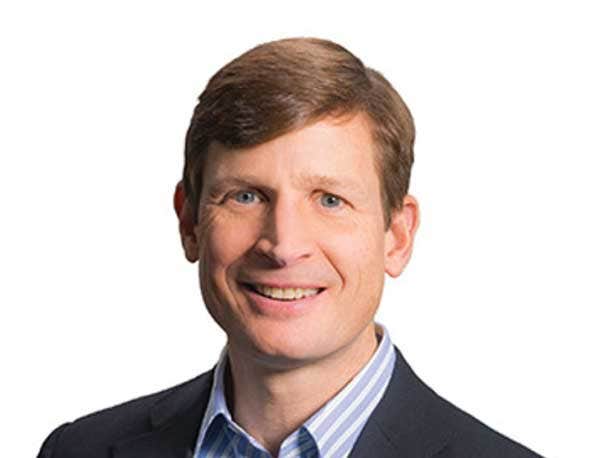
23. Kris Hagerman
CEO
Sophos
For Hagerman, the shift to delivering cybersecurity via an as-a-service model is a top priority going forward—starting with the company’s MDR service. Sophos is “now moving to the next phase,” he told CRN, “which is to take what we deliver in MDR and make that available in our products.”
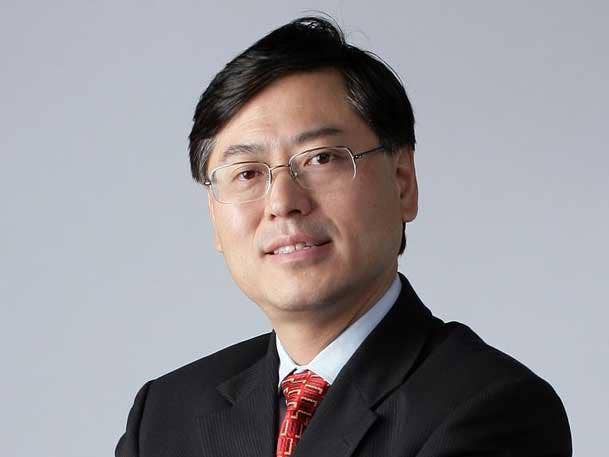
22. Yuanqing Yang
Chairman, CEO
Lenovo
Yang has been making good on his push for Lenovo to diversify its business with more revenue from server sales and services offerings. Despite a challenging economy, Yang has led Lenovo to profit levels not seen in nearly 20 years while defending its dominant position in the PC market.
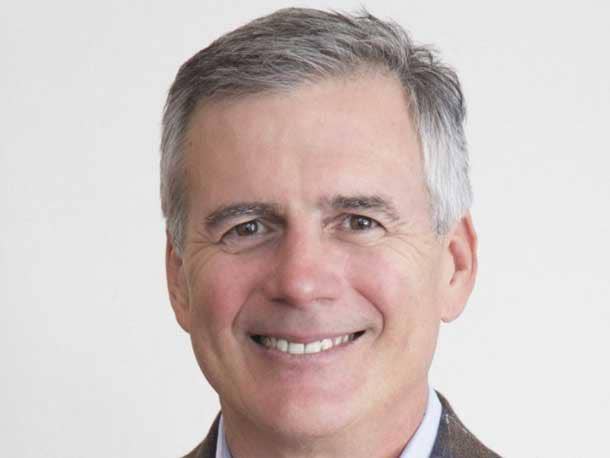
21. Rich Hume
CEO
TD Synnex
Under Hume’s leadership, TD Synnex—the world’s largest IT distributor—has gone beyond a product mindset to become a leader in bringing essential capabilities and services around the cloud, security, IoT and more to solution providers looking for new ways to serve their customers.
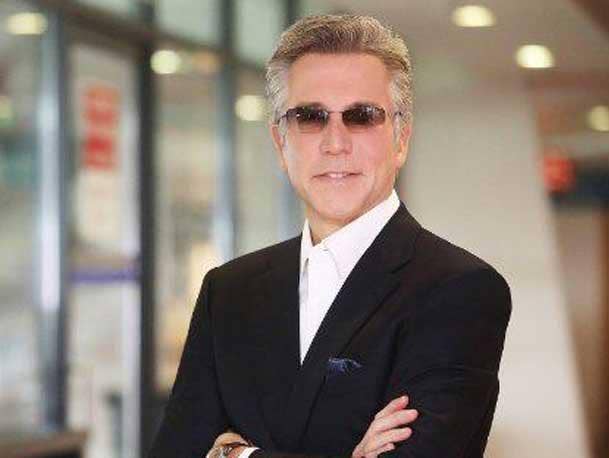
20. Bill McDermott
Chairman, CEO
ServiceNow
McDermott leads a company that has done more than just about any to change how businesses digitally manage work- flows. ServiceNow not only continually expands its digital IT workflow capabilities, but also is hungry for new capabilities it can acquire and integrate into its overall offering.

19. Paul Bay
CEO
Ingram Micro
With a $550 million investment, Bay laid the transformational foundation of how partners do business with Ingram Micro by rolling out the Xvantage digital experience platform. The platform uses automation intelligence and machine learning to help partners perform a multitude of tasks.
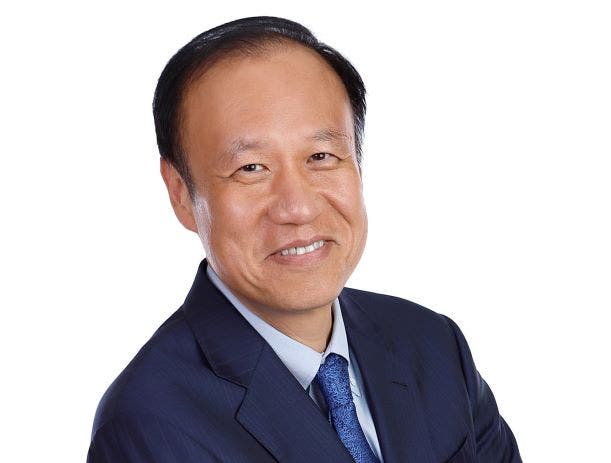
18. Ken Xie
Founder, Chairman, CEO
Fortinet
Under Xie’s leadership, Fortinet has expanded into a top player in SASE, helping to maintain the company’s status as a go-to cybersecurity vendor in the era of distributed work and cloud. Fortinet recently unveiled a number of updates meant to better enable distributed work.
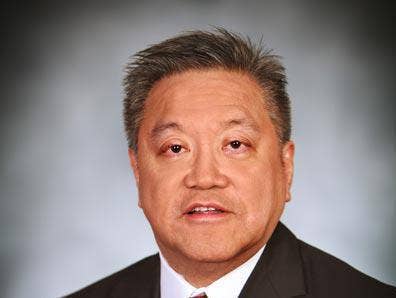
17. Hock Tan
President, CEO
Broadcom
Tan has built one of the most comprehensive technology companies on the planet through acquisition. He’s confident that the deal between his company and VMware will close and make Broadcom into a software and hardware dynamo capable of delivering on the promises of modern technology.

16. Pat Gelsinger
CEO
Intel
Amid a sea of big and small changes at Intel, Gelsinger has been a steady hand for the semiconductor company, yet relentless in his push to fine-tune Intel’s product road maps, grow its manufacturing footprint and stay on track with his plan to make Intel the world’s leading chipmaker once again.
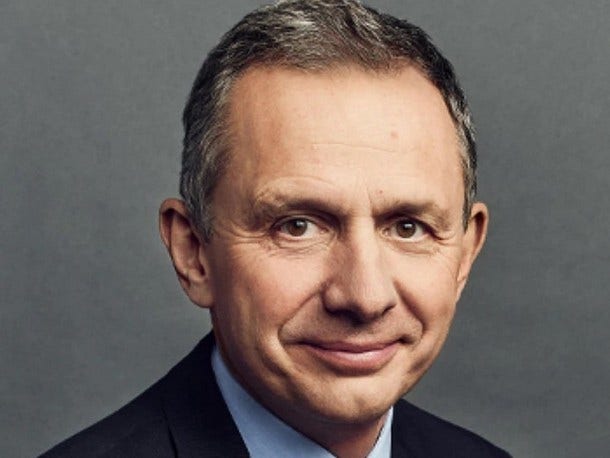
15. Enrique Lores
President, CEO
HP Inc.
Lores has put partners front and center in his audacious plan to transform HP into a hybrid work power- house. With the company veteran’s Poly acquisition playing a big role, he is creating growth opportunities for partners with a wide portfolio of PCs, printers, videoconferencing equipment and peripherals.
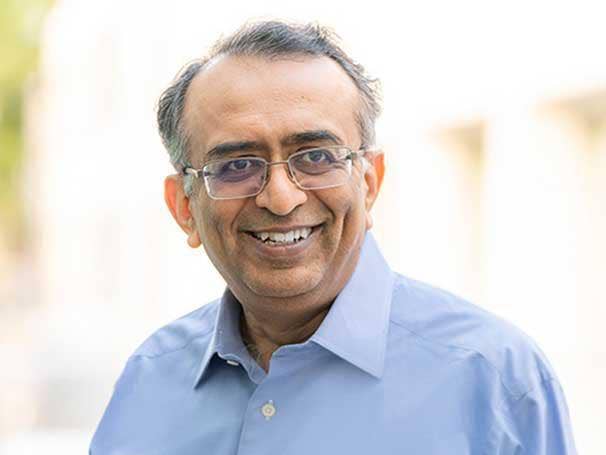
14. Raghu Raghuram
CEO
VMware
Raghuram was plotting VMware’s next moves as an independent company when Broadcom knocked on the door with a $61 billion offer. The CEO has been working on the next steps of the merger while still pivoting VMware toward higher amounts of subscription revenue, a longtime goal.
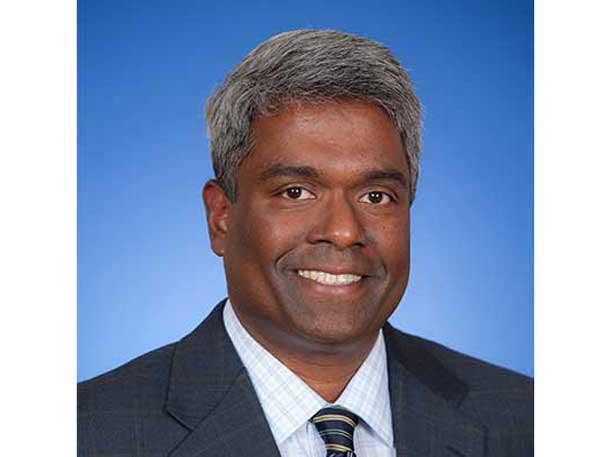
13. George Kurian
President, CEO
NetApp
NetApp has shown the world how to build hybrid multi-cloud environments to store, manage and protect data, and no one has done more to advance the concept than Kurian. He is totally committed to the idea that data should be treated equally, regardless of where it sits.
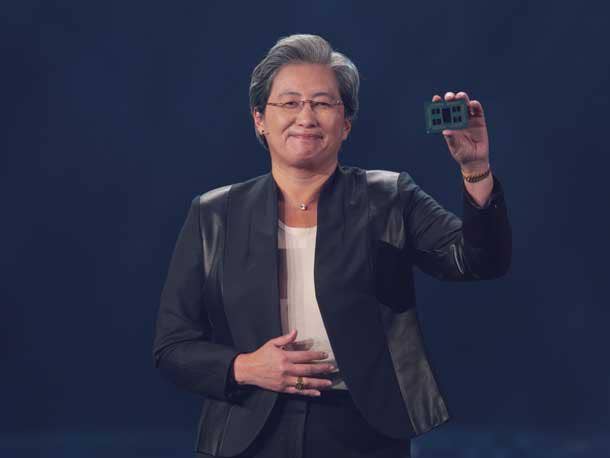
12. Lisa Su
Chair, CEO
AMD
In just six years, Su has transformed AMD into a relentless challenger to Intel’s CPU dominance with its EPYC and Ryzen chips. But after making serious market-share gains, Su is just getting started—with big plans to disrupt Nvidia’s stronghold over AI chips.
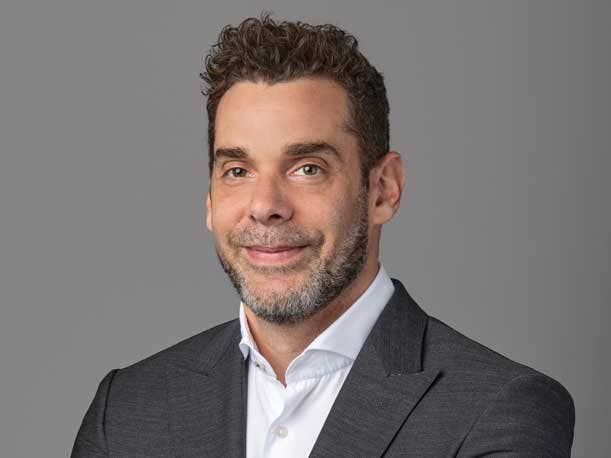
11. Tomer Weingarten
Co-Founder, CEO
SentinelOne
Weingarten has been driving SentinelOne to expand into cloud security and security operations. The company recently unveiled the integration of its cloud workload protection platform and complementary capabilities from Wiz, including the startup’s cloud security posture management technology.
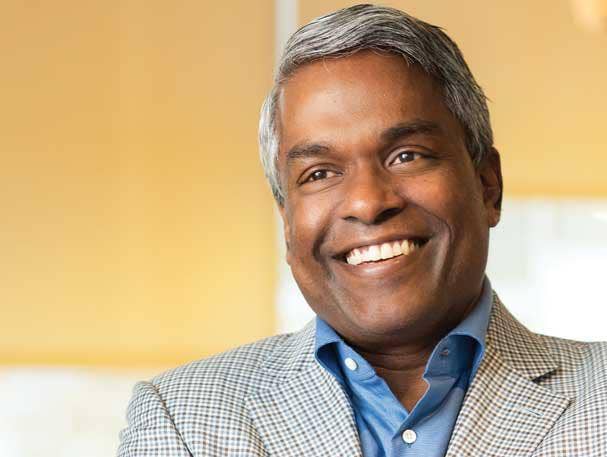
10. Thomas Kurian
CEO
Google Cloud
Kurian’s strategy this year has enabled Google Cloud to grow cloud revenue at a faster clip than rivals AWS and Microsoft in the first quarter of 2023. The CEO has doubled down on generative AI this year by launching a slew of new offerings and partnerships on the enterprise and consumer fronts.
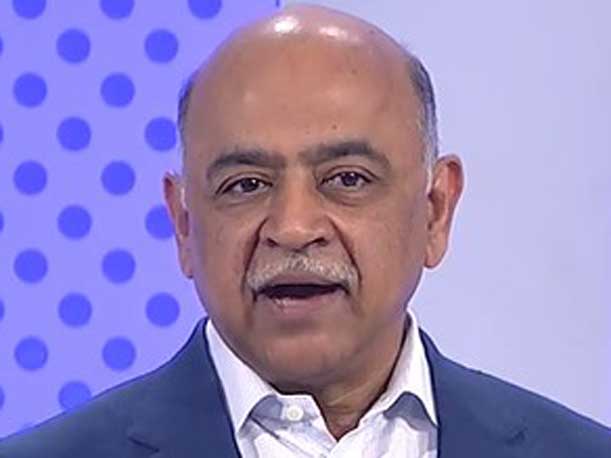
9. Arvind Krishna
Chairman, CEO
IBM
Krishna has kept the 112-year-old vendor in the conversation around bleeding-edge technologies—from generative AI and security to containers and the cloud. The 30-plus- year IBM veteran has also put partners at the forefront of his strategy to bring these technologies to market for enterprises worldwide.
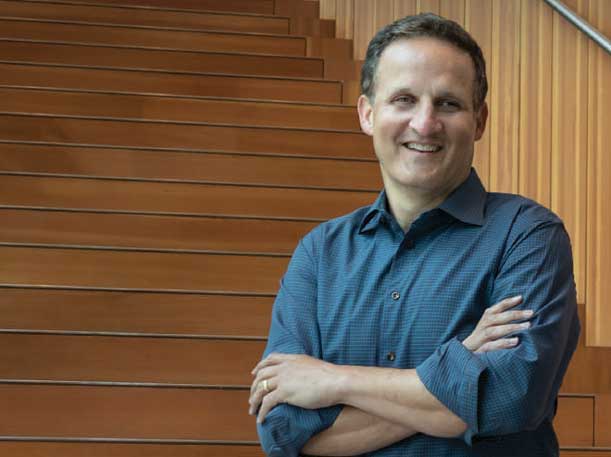
8. Adam Selipsky
CEO
Amazon Web Services
Selipsky continues to keep AWS in the No. 1 global market-share spot for cloud computing, with his company now at an $85 billion run rate. In a bold move, Selipsky has turned his focus to AI—investing millions in 2023 in new products, programs and strategic channel go-to-market collaborations.
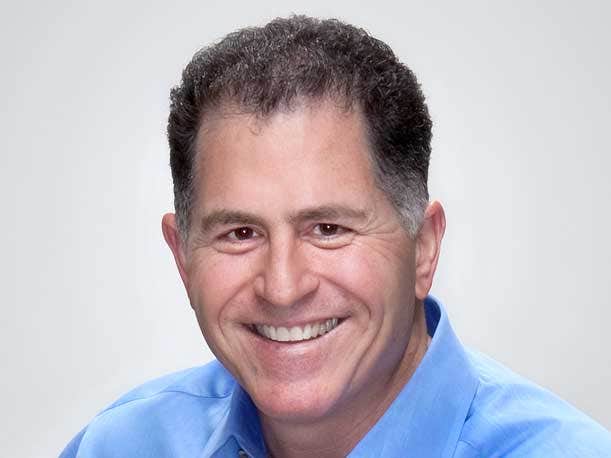
7. Michael Dell
Founder, Chairman, CEO
Dell Technologies
Michael Dell has led the company through its best year, with $102 billion in sales. At Dell Technologies World he said Dell would take on its customers’ digital challenges by meeting their compute and storage needs no matter where the workload resides. “Multi-cloud by design isn’t just a tag line,” he told the crowd.
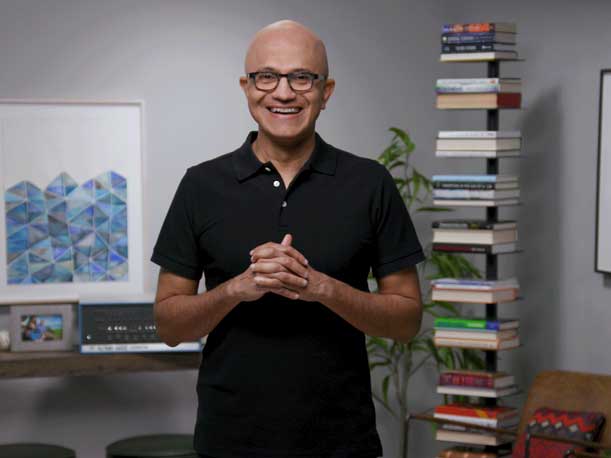
6. Satya Nadella
Chairman, CEO
Microsoft
With Nadella at the helm, Microsoft dominates the emerging world of generative AI, with Copilot and Large Language Models having the potential to rewrite what it means to do business. It has created a new market category while continuing to innovate in cloud, security and productivity applications.
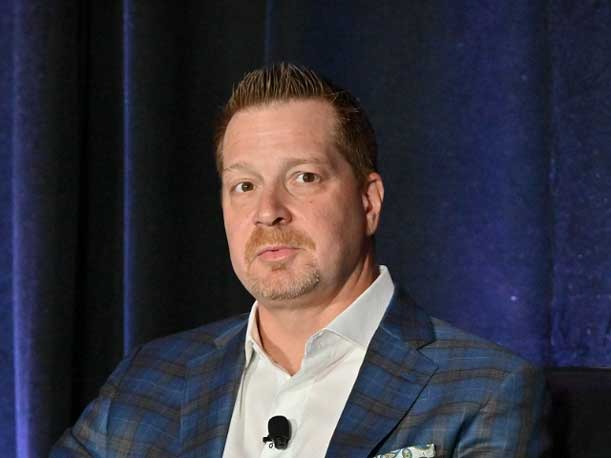
5. George Kurtz
Co-Founder, President, CEO
CrowdStrike
Kurtz has taken CrowdStrike from an ambitious vision—to provide a cloud-native software platform that offers comprehensive security capabilities—and made it a reality, creating one of the biggest powerhouses in the cybersecurity industry in the process.
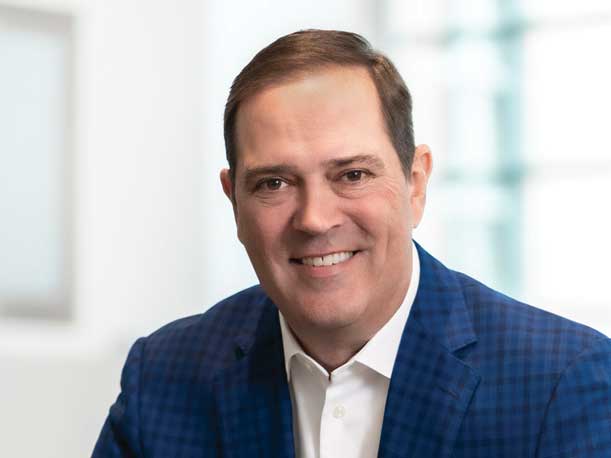
4. Chuck Robbins
Chair, CEO
Cisco Systems
Robbins has been at the helm of the tech giant for eight years and has navi- gated Cisco through times of enormous change. Under his leadership, Cisco is shifting from a hardware heavyweight to a software giant. As of late, he has been heads-down focused on driving the company’s Cisco Plus as-a-service strategy.
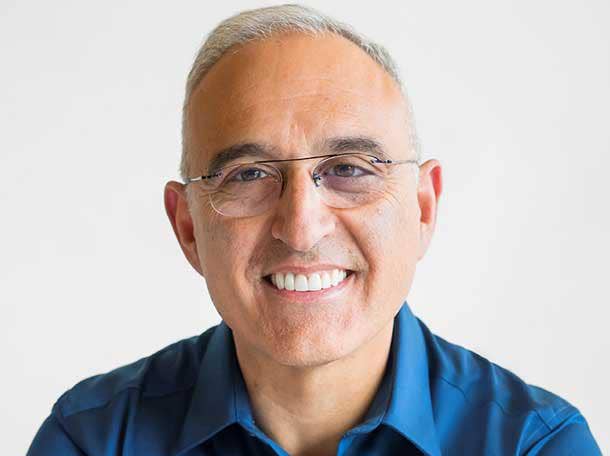
3. Antonio Neri
President, CEO
Hewlett Packard Enterprise
The technology visionary, who put partners into the cloud consumption fast lane going head to head against AWS and Microsoft Azure, is at it again. This time Neri is carving a path for partners to succeed in the fast-growing AI market with the “fourth” public cloud—HPE GreenLake for Large Language Models.
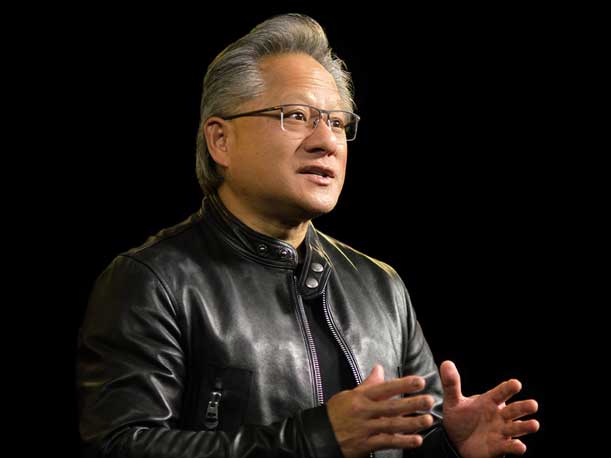
2. Jensen Huang
Founder, President, CEO
Nvidia
Huang’s long-term bet that Nvidia’s GPUs would become the compute engines for the world’s most demanding applications is paying off as its processors now power popular applica- tions like ChatGPT. But his vision is bigger than that, which is why he has grown Nvidia into a “full-stack computing” company.
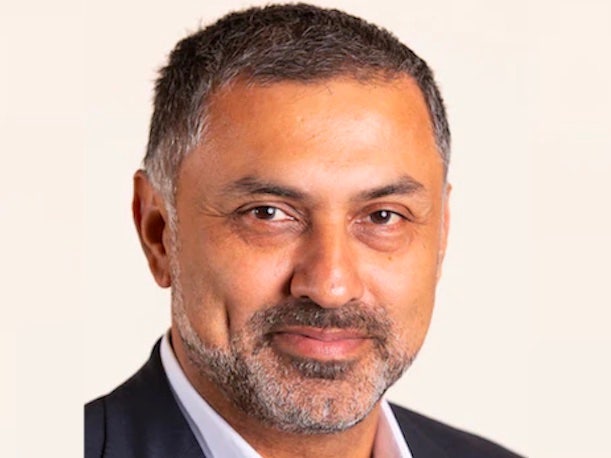
1. Nikesh Arora
Chairman, CEO
Palo Alto Networks
Under Arora’s leadership, Palo Alto Networks has moved aggressively in recent years to expand its product portfolio beyond its signature next-generation firewall offerings — ultimately transforming the company into the provider of a full platform for modern cybersecurity.
The Palo Alto Networks platform now spans from cloud and application security to zero trust and secure access service edge (SASE) to extended detection and response (XDR) and automated security operations — bringing together numerous best-of-breed tools to form a unique end-to-end platform.
Palo Alto Networks has completed 14 acquisitions under Arora so far, and solution providers say the company has been skillful at integrating its acquired technology into a cohesive platform, which can enable widely in-demand tool consolidation for customers.
Now that the product portfolio he envisioned is a reality, Arora told CRN his focus this year is “all about go-to-market and the channel,” which includes accelerating the company’s work with partners that can offer managed and professional services around the Palo Alto Networks platform.
“Now our products lend themselves to more transformational [projects] with our customers, which do require a significant services capability with our partner ecosystem,” Arora said. More than ever before at Palo Alto Networks, “the partner ecosystem is the key catalyst, enabler and amplifier of our ability to deliver those solutions.”